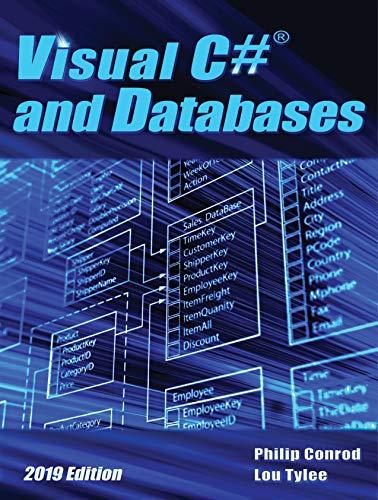Question
Print all lines with user id of 1000 or higher in /etc/passwd. Post process the output of ls -al so that only those files that
-
Print all lines with user id of 1000 or higher in /etc/passwd.
-
Post process the output of ls -al so that only those files that have rwx permission for the owner are shown.
-
Post process the output of ls -al so that only those files that have rwx permission for others are shown (owner and group may have any permission).
-
List all file names in the current directory, as well as in any subdirectories, that contain the word "foo" anywhere in the file.
-
List the size and names of all files/directories in the current directory whose size is 10000 bytes or more. The output should be the size and then the name (one per line), and be sorted by the size (in increasing order). You may need the tr command for this one; see the manual.
-
List all groups of which the user "student" is a member. Recall, group membership information is in the /etc/group file.
-
In the /etc/group file, show all groups that have more than just the default user. For example, the cdrom group has the user student, and should be an output of the filtering. The output should be a group name followed by the list of users (comma separated). Take a look at grep's -v option, and cut's --output-delimiter option.
Step by Step Solution
There are 3 Steps involved in it
Step: 1

Get Instant Access to Expert-Tailored Solutions
See step-by-step solutions with expert insights and AI powered tools for academic success
Step: 2

Step: 3

Ace Your Homework with AI
Get the answers you need in no time with our AI-driven, step-by-step assistance
Get Started


